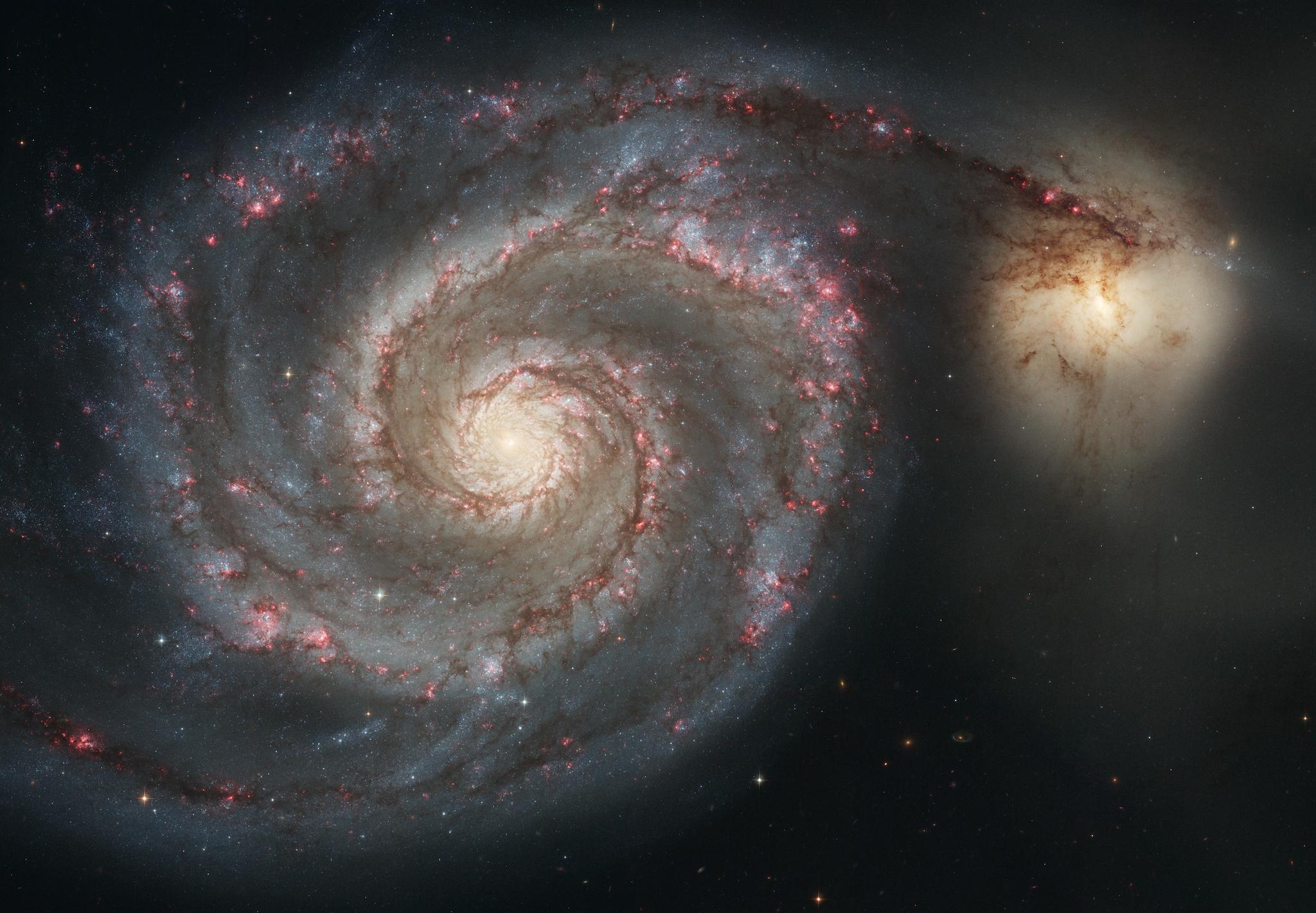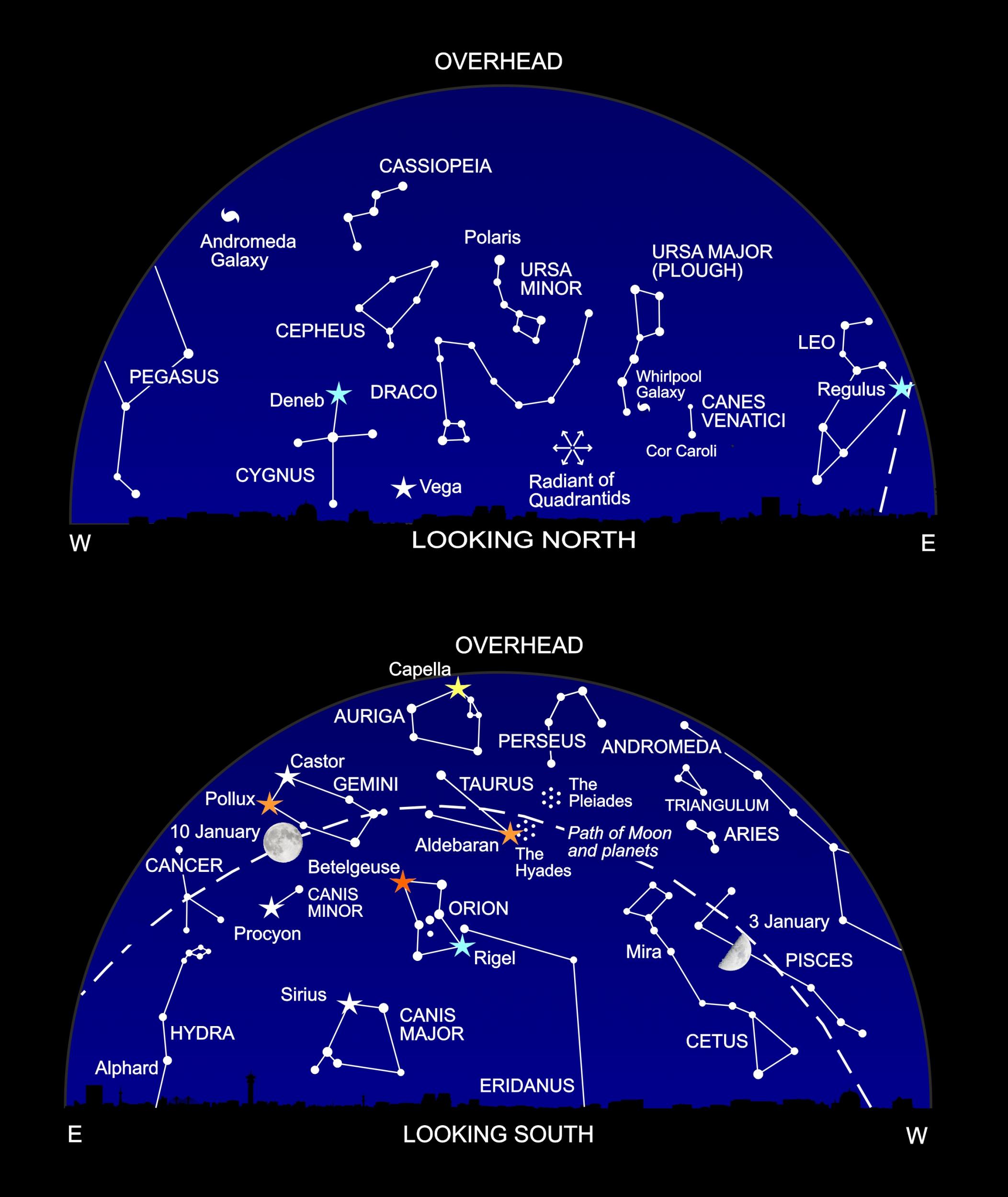Stargazing in January: The three dog constellations to see this month
The canines are out in force in the night skies

Your support helps us to tell the story
This election is still a dead heat, according to most polls. In a fight with such wafer-thin margins, we need reporters on the ground talking to the people Trump and Harris are courting. Your support allows us to keep sending journalists to the story.
The Independent is trusted by 27 million Americans from across the entire political spectrum every month. Unlike many other quality news outlets, we choose not to lock you out of our reporting and analysis with paywalls. But quality journalism must still be paid for.
Help us keep bring these critical stories to light. Your support makes all the difference.
Those of us of a certain age will remember an American rock group rejoicing in the name Three Dog Night. But what does it mean?
Interpretations differ – was it indigenous Australians or the Inuits who invented it? But the endgame is the same. If it’s a really cold night in the desert or in the Arctic, cuddling up to a hot water bottle isn’t an option. Instead, you need to wrap three dogs around yourself for maximum warmth – they’ll benefit from yours, too.
And to put you out of your misery: perhaps you’ll remember the band for their 1970 hit “Mama Told Me Not to Come”, a Randy Newman song.
What’s all this got to do with the stars? Well – this month, there are three doggy constellations in the sky. One, lying near the North Pole of the sky, is a permanent fixture; the other two appear in winter.
There’s not much to say about Canes Venatici (the Hunting Dogs), a star pattern created by Polish astronomer Johannes Hevelius in the 17th century. He wanted a name for a couple of faint stars sitting below tail of the Great Bear (Ursa Major). The brighter star, Cor Caroli, is dedicated to the heart of Charles I of England, who was executed in 1649. If you can, get your hands on a telescope, scan this constellation to find the glorious Whirlpool Galaxy.
Over to Orion now, and his two hunting dogs. Each contains a “dog star”, which has been revered since antiquity. First on the scene is Procyon in Canis Minor (the Small Dog). It’s a modest star, some seven times brighter than the sun, and nearby at 11.4 light years from the sun. The name Procyon means “before the dog”, because this star heralds the rising of Sirius, the brightest star in the sky, lying just 8.6 light years away
And Sirius – twice as heavy as the sun and two-and-a half times brighter – is THE Dog Star. Its name derives from “Seirios” (scorcher), because the ancient Greeks believed that, when it reappeared in the skies of late summer, it added to the sun’s heat. The result was the torrid “Dog Days”, supposedly a time of lethargy, fever and bad luck.
The lead star of Canis Major (the Great Dog), Sirius is twice as heavy as the sun and two-and-a half times brighter. But both Procyon and Sirius harbour a secret: they are each circled by an exotic companion.
In 1844, Friedrich Bessel realised that Sirius was being pulled out of position by an invisible object. The mystery companion was spotted in 1862, when astronomer and telescope-maker Alvan Clark was testing what was then the biggest telescope in America.
This tiny star had remarkable properties: a searing surface temperature of 25,000C, the mass of the sun – yet as only the size of the Earth. Astronomers affectionately nicknamed it “The Pup”. To see it for yourself, you’ll need a telescope with a diameter of 150mm or more.
Procyon has its own “pup”, too, which isn’t quite as heavy. Both are white dwarfs: the ultra-compressed core of a dying star that has ejected its atmosphere after running out of nuclear fuel. Gravity crushes the atoms, breaking them down into a dense soup of electrons and nuclei. A matchbox-full of white dwarf matter would weigh as much as an elephant.
But a white dwarf has no reserves of energy. All it can do is leak away its heat into space. The Pup will become a cold, black cinder – if you wait 2 billion years.
After all this attention on canines, you might be wondering about cats in the sky. We have a celestial lynx (Lynx) and two lions (Leo and Leo Minor). And once there was a domestic cat, too. Felis was created in 1799 by French astronomer Jerome Lalande, who adored all things feline. It lay between Antlia and Hydra. But in the early 1900s, another French astronomer – Camille Flammarion – put the celestial cat out of the flap, in order to streamline the burgeoning number of constellations.
What’s up
In the southwest, the glorious Evening Star is shining brilliantly after sunset. The cloud-shrouded planet Venus, twin to the Earth in size, is setting around 8pm. It’s the brightest object in the night sky, after the moon, and the nearest planet to our own.
On 27 January, Venus lies almost exactly in front of the faintest and most distant of the planets, Neptune. Point a good pair of binoculars (or small telescope) towards the Evening Star, steadying your elbows on a table or a wall, and the faint bluish “star” to the upper right is Neptune, some 60,000 times dimmer than Venus.

There’s some celestial excitement earlier in the month, too. On the night of 3-4 January, watch out for shooting stars streaking from a point in the sky near the tail of the Great Bear (Ursa Major). Named after a long-forgotten constellation, the Quadrantid meteors are detritus from a comet called 2003EH1, burning up in the Earth’s atmosphere. You’ll see them best after midnight, when the moon has set.
Around 7pm on 10 January, you may notice the lower edge of the full moon looking a bit tarnished as it brushes the outer edges of the Earth’s shadow, in what astronomers call a penumbral eclipse.
On the starry stage, the great hunter Orion is riding high in the south, with his two dogs. You can find Sirius, the most brilliant star, to Orion’s lower left, with the other “dog star” Procyon to his left. The third doggy constellation, Canes Venatici, lies low in the northeast below the familiar shape of the Plough, part of Ursa Major (the Great Bear).
Diary
3 January, 4.45am: first quarter moon
3-4 January: maximum of Quadrantid meteor shower
5 January: Earth at perihelion (147 million km from the sun)
7 January: moon near Aldebaran
10 January, 7.21 pm: full moon; penumbral lunar eclipse
12 January: moon near Regulus
13 January: moon near Regulus
17 January, 12.58 pm: last quarter moon
20 January (am): moon near Mars and Antares
21 January (am): moon near Mars and Antares
24 January, 9.42 pm: new moon
27 January: Venus very near Neptune
28 January: crescent moon near Venus
‘Philip’s 2020 Stargazing’ (Philip’s £6.99) by Heather Couper and Nigel Henbest reveals everything that’s going on in the sky next year
Fully illustrated, Heather and Nigel’s ‘The Universe Explained’ (Firefly, £16.99) is packed with 185 of the questions that people ask about the cosmos
Subscribe to Independent Premium to bookmark this article
Want to bookmark your favourite articles and stories to read or reference later? Start your Independent Premium subscription today.
Join our commenting forum
Join thought-provoking conversations, follow other Independent readers and see their replies
Comments